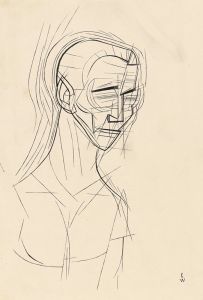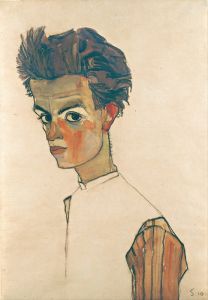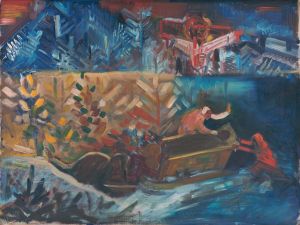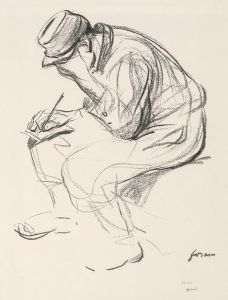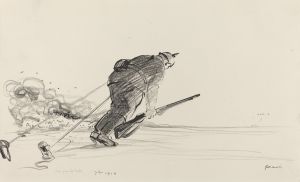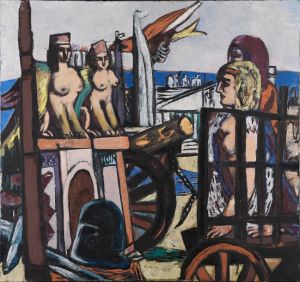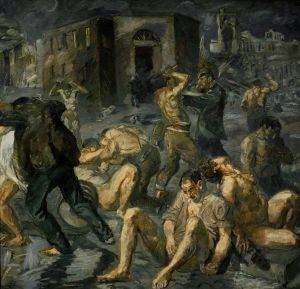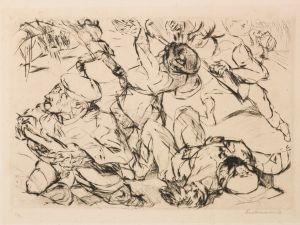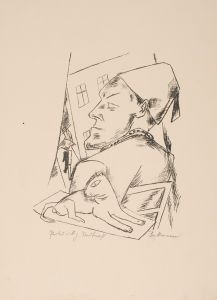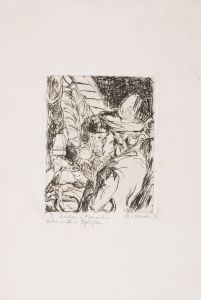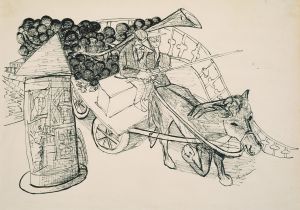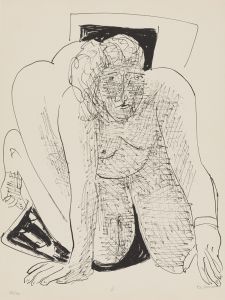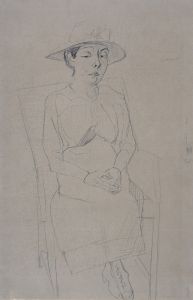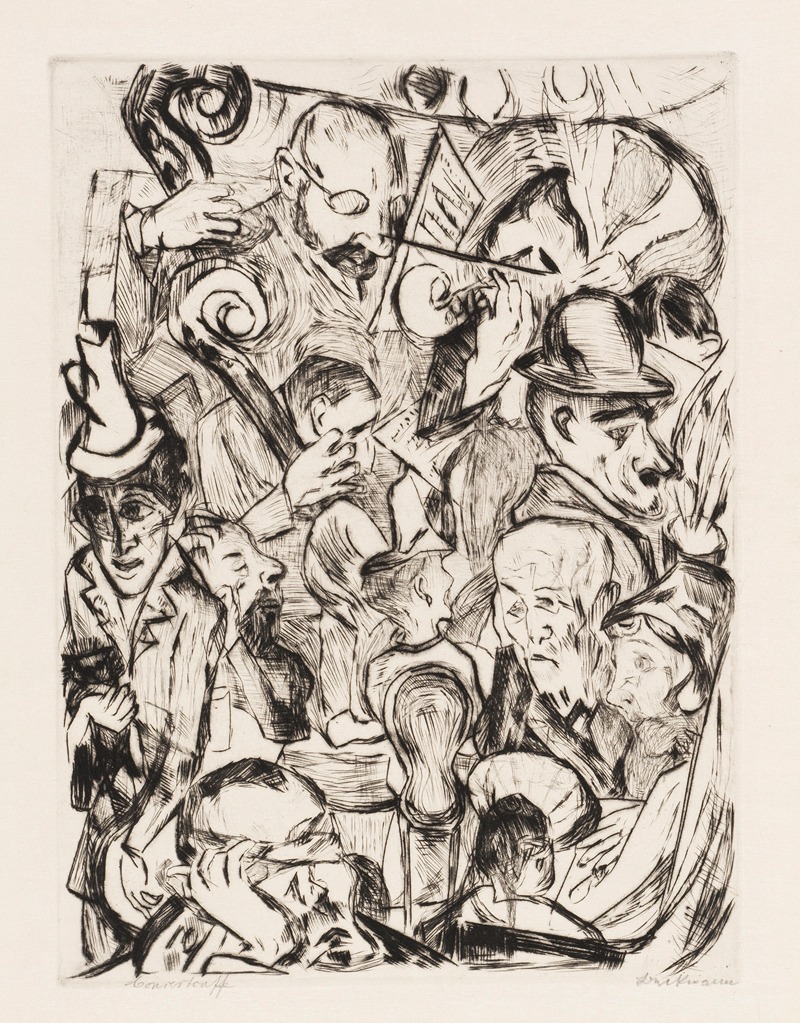
Gesichter Pl.13
A hand-painted replica of Max Beckmann’s masterpiece Gesichter Pl.13, meticulously crafted by professional artists to capture the true essence of the original. Each piece is created with museum-quality canvas and rare mineral pigments, carefully painted by experienced artists with delicate brushstrokes and rich, layered colors to perfectly recreate the texture of the original artwork. Unlike machine-printed reproductions, this hand-painted version brings the painting to life, infused with the artist’s emotions and skill in every stroke. Whether for personal collection or home decoration, it instantly elevates the artistic atmosphere of any space.
Max Beckmann was a prominent German painter, draftsman, printmaker, and writer, known for his unique style that combined elements of Expressionism and New Objectivity. One of his notable works is "Gesichter Pl.13," which is part of a series of prints that Beckmann created during a tumultuous period in his life and career.
"Gesichter," which translates to "Faces" in English, is a series that reflects Beckmann's deep interest in the human condition, identity, and the psychological depth of his subjects. Plate 13 of this series, like the others, is characterized by Beckmann's distinctive use of line and form, which captures the complexity and intensity of human emotions. The series was created during the Weimar Republic era, a time of significant social, political, and economic upheaval in Germany, which deeply influenced Beckmann's work.
Beckmann's style in "Gesichter Pl.13" is marked by bold lines and stark contrasts, which are typical of his printmaking technique. His approach often involved a meticulous process of etching and drypoint, allowing him to achieve a high level of detail and texture. This technique enabled Beckmann to convey the raw and often unsettling emotions of his subjects, reflecting the existential anxieties of the time.
The "Gesichter" series, including Plate 13, is notable for its exploration of the human face as a canvas of emotion and identity. Beckmann was fascinated by the idea of the face as a mask, capable of both revealing and concealing the inner self. This theme is evident in Plate 13, where the subject's expression is ambiguous, inviting viewers to interpret the underlying emotions and thoughts.
Max Beckmann's work, including "Gesichter Pl.13," is often associated with the broader movement of German Expressionism, although he distanced himself from the more abstract tendencies of the movement. Instead, Beckmann's work is characterized by a focus on realism and the human figure, which he used to explore themes of alienation, despair, and the search for meaning in a rapidly changing world.
The historical context of Beckmann's work is crucial to understanding "Gesichter Pl.13." The aftermath of World War I and the instability of the Weimar Republic had a profound impact on Beckmann and his contemporaries. The sense of disillusionment and the questioning of traditional values are reflected in the intense and often somber mood of his prints.
Beckmann's "Gesichter" series, including Plate 13, remains significant in the study of early 20th-century art for its innovative approach to printmaking and its exploration of complex psychological themes. The series is a testament to Beckmann's skill as an artist and his ability to capture the essence of the human experience during a period of profound historical change.
Overall, "Gesichter Pl.13" exemplifies Max Beckmann's contribution to modern art through his distinctive style and his exploration of the human psyche. His work continues to be studied and appreciated for its artistic and historical significance, offering insight into the challenges and aspirations of his time.





